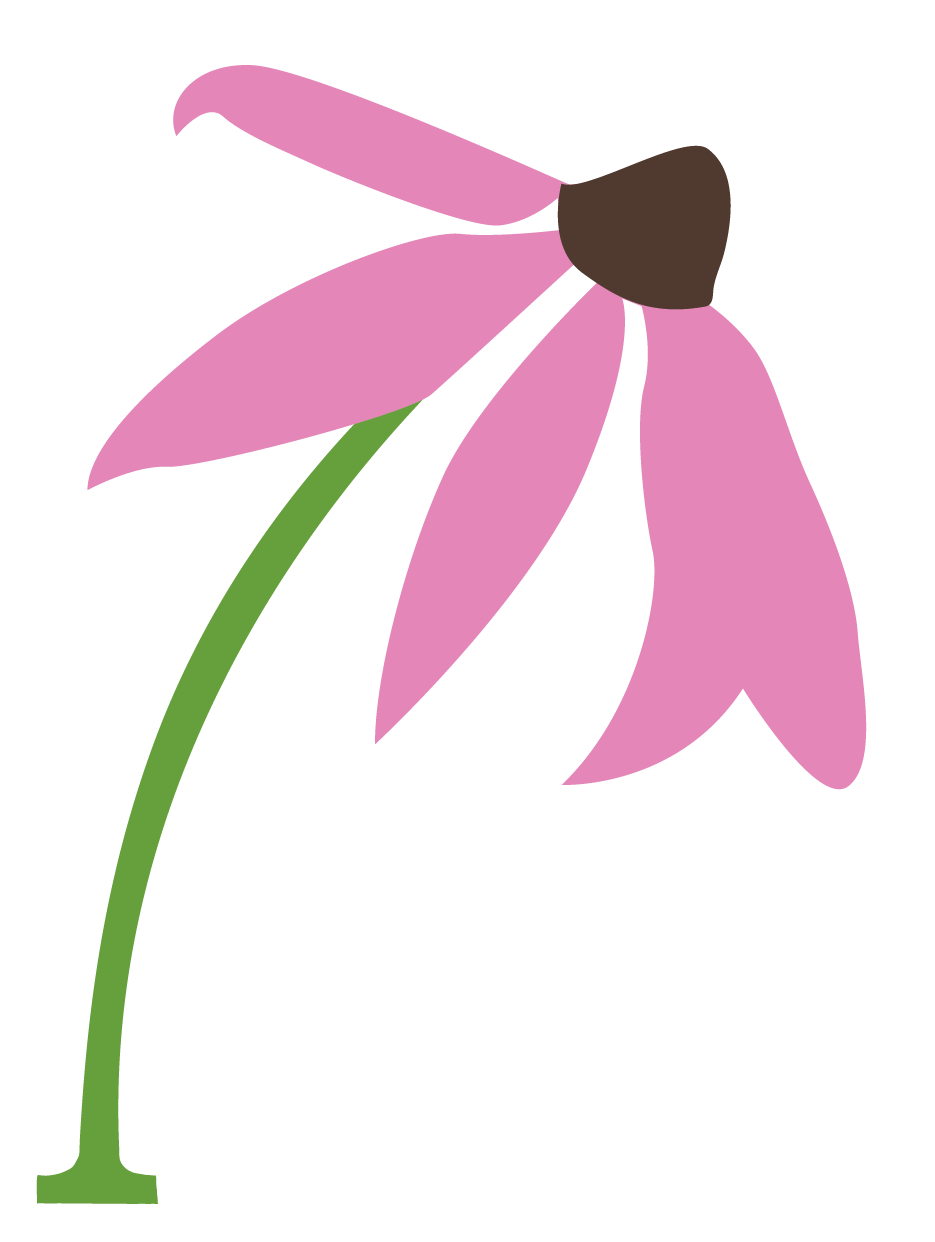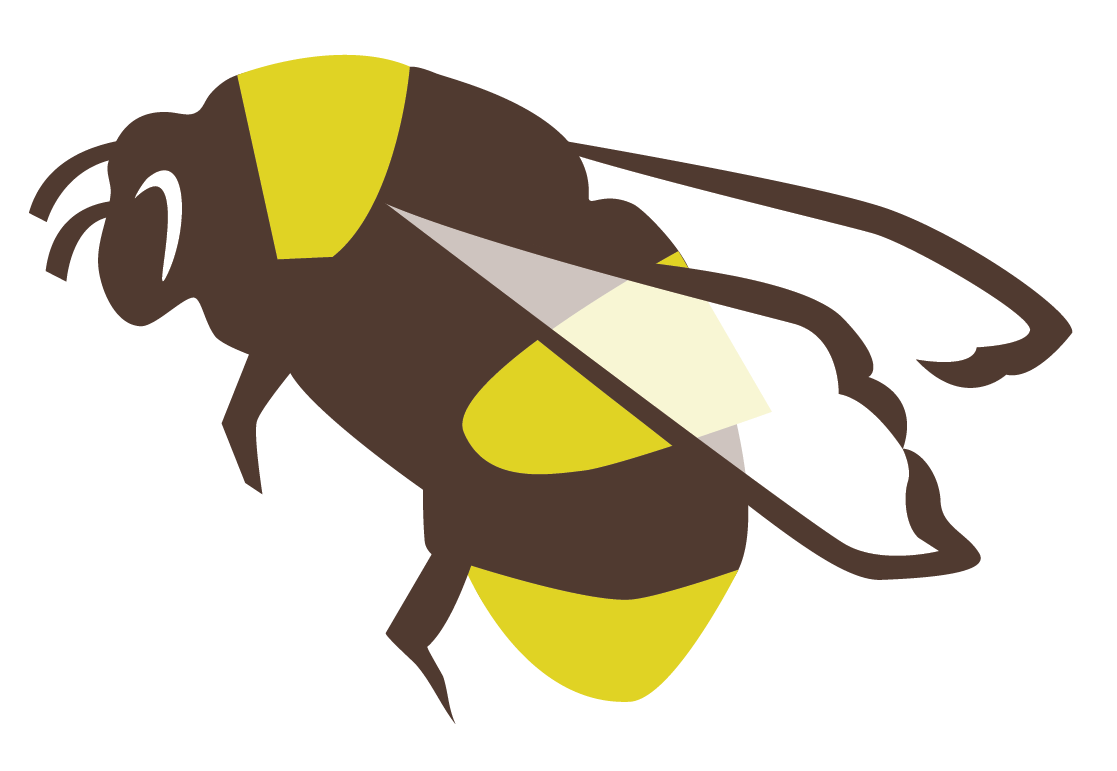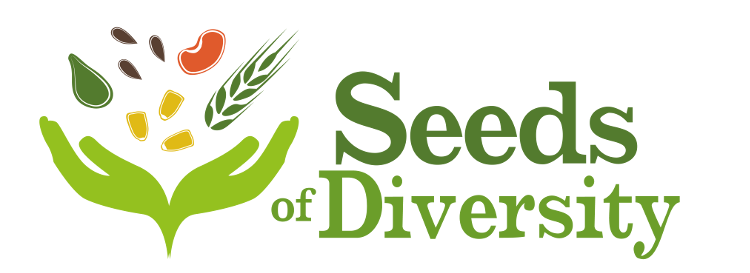P o l l i n a t o r s are the creatures that pollinate flowers. You know about bees and butterflies, but did you know that there are over 1000 species of pollinating animals in Canada? Together, the plants and their pollinators are an indispensable natural resource, and their daily work is essential for over a billion dollars worth of apples, pears, cucumbers, melons, berries, and many other kinds of Canadian farm produce.
Since 2006, significant declines in pollinator populations have been noted around the world. These beneficial animals are under pressure from loss of habitat (where they nest and eat), pests and disease, pesticides, invasive species and climate change. As pollinator populations are threatened, so too are the foods and plant products we enjoy -- dyes, essences, medicines, fibres, spices -- as well as the wild ecosystems that depend on these pollinators.
Pollinators include bees, wasps, flies, beetles, butterflies and moths, bats and birds (there are no pollinating bats in Canada; thank them if you're fond of tequila). Bees are the major pollinators in North America, performing over 70% of the pollination services. There are 855 species of native bees in Canada -- bumble bees, mason bees, sweat bees, leafcutting bees, mining bees, squash bees and more -- in addition to the western domesticated honey bee.

More than ever, bees need our help. And we need theirs. You C A N help. How?
 Grow a Succession of Blooms from Spring to Autumn
Grow a Succession of Blooms from Spring to Autumn  Check out our Pollinator Fedge Project
Check out our Pollinator Fedge Project  Roadsides: Planting for Pollinators from Carol Dunk
Roadsides: Planting for Pollinators from Carol Dunk 
